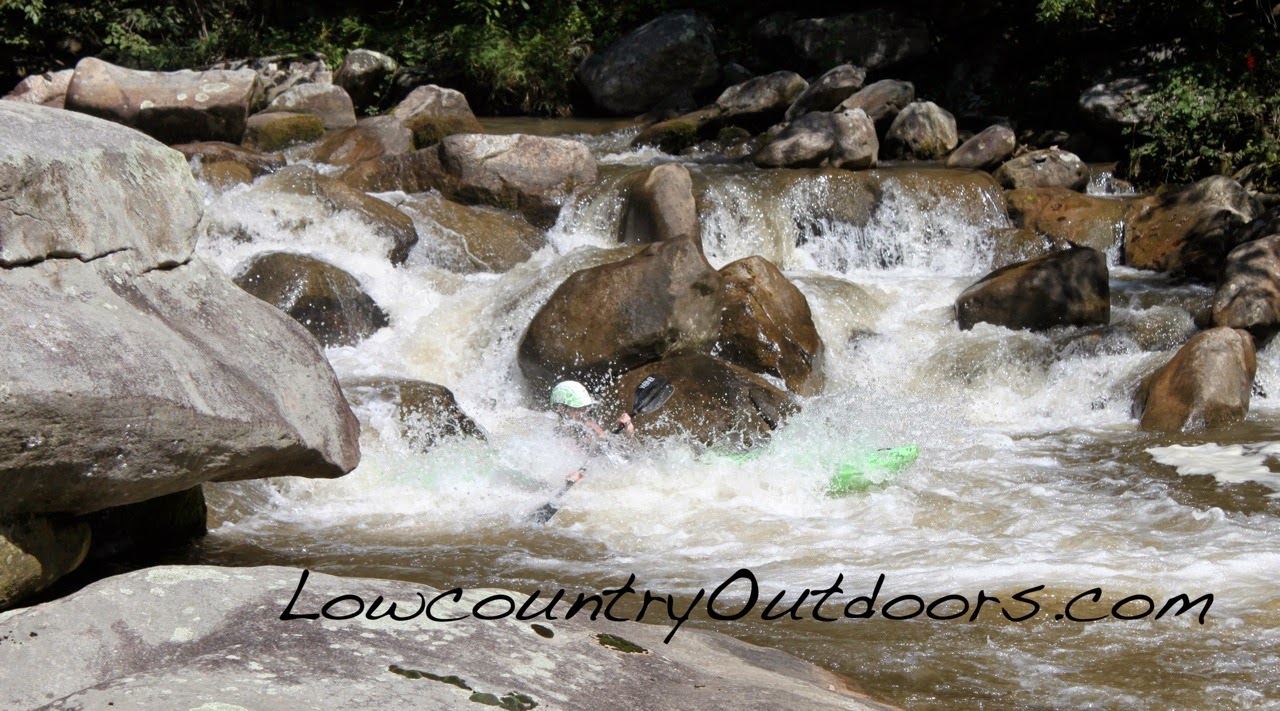 |
| Redfish caught in the Surf Zone on 9/20/2014 |
Scott Hammond at Haddrell's Point West tells us that with almost ten days of nothing but rainy conditions, don't let that fool you into thinking that the bite has slowed down in the Lowcountry. Cooler air temps and lots of rain have dropped the water temperature considerably, which has ignited a hot trout bite. The specks are holding in 4 to 6-feet of water along shell rakes and creek mouths, and they are tearing up the live shrimp while they are running. However, a Savage Gear shrimp or a DOA shrimp can fool the fish too. Surf fishing is on the upswing with bull reds and sharks biting cut mullet, with some black drum mixed in. Shrimping season is yielding moderate to good reports coming from the harbor, but past history tells us that a rainy season is not the best for recreational shrimp harvest. For the latest seminar information visit the Internet at Haddrells Point.
Offshore: Scott shares that the weather has made it tough to sneak out on the 'big pond' but those that have ventured out say the bottom fishing is very good in 70 to 100-feet of water. Triggerfish, b-liners, black sea bass and grouper are all giving a good pull for those bumping the bottom. The trolling reports were few but a strong wahoo bite was going on in 140 to 250-feet of water and a few sailfish were being found around waters about 400-feet.
Craig is still getting reports of blackfin tuna when trolling small naked baits way, way way back at first light and last light. High speed trolling has been the ticket for wahoo using darker color combinations that troll straight and true. The Dennis Braid Marauder is a great choice and so is the C/H Wahoo Whacker, Tuna Tango and Double Cavitator when fished sub-surface.
To view past Lowcountry Saltwater Fishing Reports click here.







































